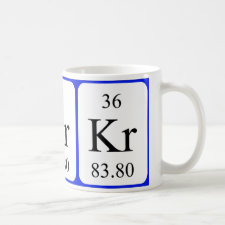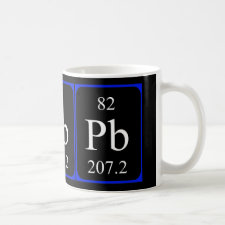
Authors: Wang JJ, Li XN
Article Title: Ion-imprinted poly(2-acrylamido-2-methyl-1-propansulfonic acid)/modified silica composite hydrogel for selective and enhanced adsorption of Pb(II) ions.
Publication date: 2014
Journal: Desalination and Water Treatment
Volume: 52
Issue: (1-3)
Page numbers: 274-282.
DOI: 10.1080/19443994.2013.782570
Abstract: Abstract In this research, ion-imprinted poly(2-acrylamido-2-methyl-1-propansulfonic acid)/modified silica composite hydrogels were prepared using Pb(II) ions as template by in situ free-radical polymerization. The ability of the imprinted composite hydrogels to adsorb and remove Pb(II) ions from aqueous solutions was assessed using batch adsorption technique. The adsorption amount was pH-dependent, and the maximum adsorption capacity was observed at pH 5.0. The adsorption process could be well described by the Langmuir isotherm. The adsorption equilibrium was achieved within 15 min, and the kinetics of adsorption followed a pseudo-second-order rate equation. Thermodynamic parameters such as the Gibbs free energy (Δ G0), enthalpy (Δ H0), and entropy (Δ S0) for the metal ion adsorption were estimated. Results suggested that the adsorption process was a spontaneous, exothermic process that had positive entropy. The Pb(II) ion-imprinted composite hydrogels exhibited extremely high selectivity coefficient, which was much higher than that of corresponding non-imprinted composite hydrogels. Regeneration studies suggested that metal ion rebinding capacity of the Pb(II) ion-imprinted composite hydrogels did not change significantly through six cycles of sorption-desorption process
Template and target information: lead ion, Pb(II)
Author keywords: silica, Composite hydrogel, selective adsorption, ion-imprinted



Join the Society for Molecular Imprinting

New items RSS feed
Sign-up for e-mail updates:
Choose between receiving an occasional newsletter or more frequent e-mail alerts.
Click here to go to the sign-up page.
Is your name elemental or peptidic? Enter your name and find out by clicking either of the buttons below!
Other products you may like:
 MIPdatabase
MIPdatabase









